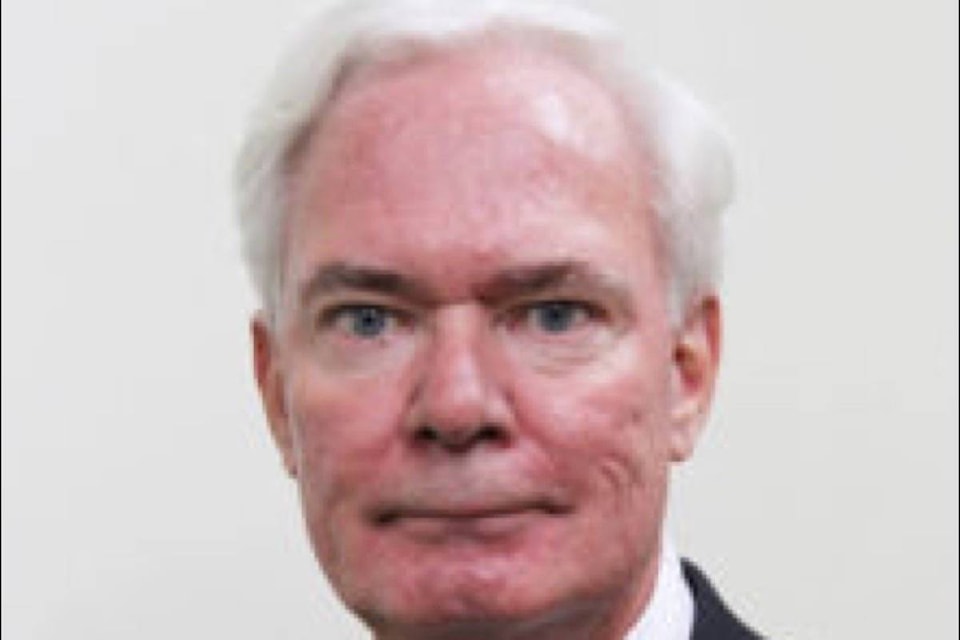Red Deer physicians and community volunteers worked for years to bring attention to shortcomings at the region’s major hospital.
In March, it appeared the need for upgrading had been acknowledged. The provincial government included a pointed reference in its throne speech to the importance of improvements to Red Deer Regional Hospital Centre.
On Thursday, the new government ignored the well-reasoned arguments that had been passionately presented, deciding that it is acceptable that central Albertans’ lives are placed at risk by a lack of readily available technology.
One of the city’s MLAs, Jason Stephan, describes Premier Jason Kenney’s approach to health care as principled.
“When it comes to determining what are the key health-care infrastructure priorities, that should be done in a non-political way based on the local needs and the age of the hospital and the pressure on that local hospital,”Kenney has said.
“We would make an objective assessment about which of Alberta’s hospitals have to come first on the list. But Red Deer hospital would absolutely be on our health-care infrastructure list, and we would proceed forward with that as soon as possible.”
If that were true, there would be money in Thursday’s budget to get on with long-awaited upgrades to the hospital, which include the capacity to provide cardiac catheterization.
Instead, all the project received was $1 million for planning, to be shared among two other hospitals.
It’s clear that Kenney has decided it’s acceptable that residents of our region have a 70 per cent higher death rate after a heart attack than people in Calgary because of a lack of treatment.
The government, including our local MLAs, knows the region hasn’t received the health care investment that other areas of the province have benefited from.
Health infrastructure spending between 2008 to 2018 amounted to $2.5 billion in Calgary. In Edmonton, spending came to $1.4 billion.
Northern Alberta received $999 million in funding, while the south received $451 million, according to documents obtained by the Society for Hospital Expansion in Central Alberta.
Central Alberta received just $107 million during this same time.
“This is over $2,000 per Albertan for the rest of the province and approximately $200 for the people of central Alberta. It’s because of this that we have a significant health-care deficit and this is not going to get any better,” said Red Deer radiologist Dr. Alan Poole in March.
If health-care spending continues to flow from Edmonton to Calgary, bypassing Red Deer, then we have elected the wrong people to represent us, it was noted in September. Thursday’s budget has proven this suspicion true.
It’s all well and good to vote for people whose philosophies align with your own, but if they’re not prepared to represent you by ensuring you receive the necessary services you deserve, then they fall short in the performance of their duties.
It’s not like the government is administering a strong dose of austerity for our own well-being. Spending will be cut by only 2.8 per cent after four years. The debt is expected to be $93.3 billion in 2022, which isn’t far below the $97.1 billion the NDP had forecast.
Thursday’s budget includes increases of $100 million for a mental health and addictions strategy, $40 million for an opioid response and $20 million for palliative care.
Release of the findings of the so-called blue ribbon panel, which found Alberta far outspends other provinces when it comes to delivering services, was simply a scare tactic before presenting a budget that fails to correct prolifigate expenditures.
Among the few real casualties of the budget, it would seem, is Red Deer’s hospital expansion.
David Marsden is managing editor of the Red Deer Advocate.
